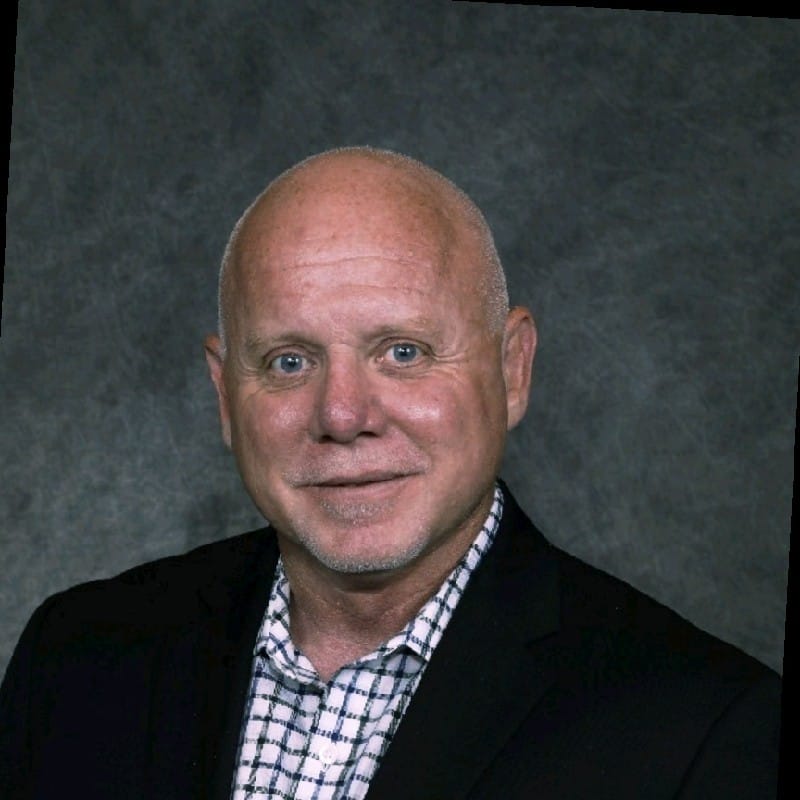
In working at CareTime, I’ve seen a legal landscape full of sea changes in the home care space. The proposed 80/20 rule, though, has a uniquely heavy impact on our industry, the people who receive care, and the caregivers who provide it —whether you support or oppose it.
So what is it?
In the insurance world, the 80/20 rule states that 80% (or more) of premium dollars go toward healthcare costs or quality improvement.
The Centers for Medicare & Medicaid Services has gone bigger in proposing the Medicaid Access Rule. It states: “[W]e propose to require that at least 80 percent of all Medicaid payments, including but not limited to base payments and supplemental payments, with respect to the following services be spent on compensation to direct care workers: homemaker services, home health aide services and personal care services.”
This applies exclusively to Medicaid personal care services, so it doesn’t affect other payer sources (at least not directly). Aside from the 80/20 portion of the rule, CMS proposes to:
- Increase oversight and monitoring of services
- Require states to establish grievance systems for members to share feedback
- Have states form an advisory group to advise and consult on provider payments/caregiver pay.
What this proposed rule does on its face is act as a lever to increase caregiver wages. Caregiver pay rates are historically low and have led to 1 in 4 direct workers living below the federal poverty line, according to PHI. With further analysis and peering deeper into the surface, this puts more pressure on home care agencies to get more mileage out of their margins.
What should you do today?
There’s no need to panic at this moment; it hasn’t gotten through yet. But it’s always best to be prepared.
What you need to do today is build an operational machine: the systems, processes and technology that will accelerate your agency into its next chapter of growth. Here are some steps:
- Analyze the tasks that your team members do throughout the work week and see if there’s a way to optimize. A phrase that might indicate a process change is needed (unless you can share or explain otherwise): “I don’t know why I do this.”
- Ask your team if there are any gaps or problems they have that could be solved through simple process improvements, communication, etc. … Experts conclude that between 70-80% of communication is nonverbal. The clearer you and your team can be, and in understanding how you work best together, can help you connect and collaborate better.
- Find out if there are any programs that are hindering or blocking your abilities to complete simple functions or processes. You can also — in doing this exercise — identify any wasted spend or platforms that no longer serve their purpose.
- Explore any new payer sources you can work with (or ways to build on your existing payer source mix). Instead of putting your eggs in one basket, get credentialed with the VA, look into working with consumer-directed programs, long-term care insurance and more.
- Dig into your agency management software and pull some business intelligence reporting. Are these reports easy to find and contain information that’s helpful to you? Do the scheduling functions make it easy to put caregivers in for shifts? If you’re shaking your head no, it might be a good time to check out CareTime V3, with new features designed to save you time, like Billing While You Sleep, Automated Rules Engine, and an all-in-one claims/EVV dashboard.
Going through this exercise and internal audit will help you identify what’s working — and what’s not working in your business. And hopefully through a team meeting(s), you can work together to form a solution for each.
Julio Barea is the vice president of sales for AllyMS, CareTime and other brands. He is focused on helping home care businesses be more efficient, allowing them time to improve the quality of life and outcomes for their clients.

